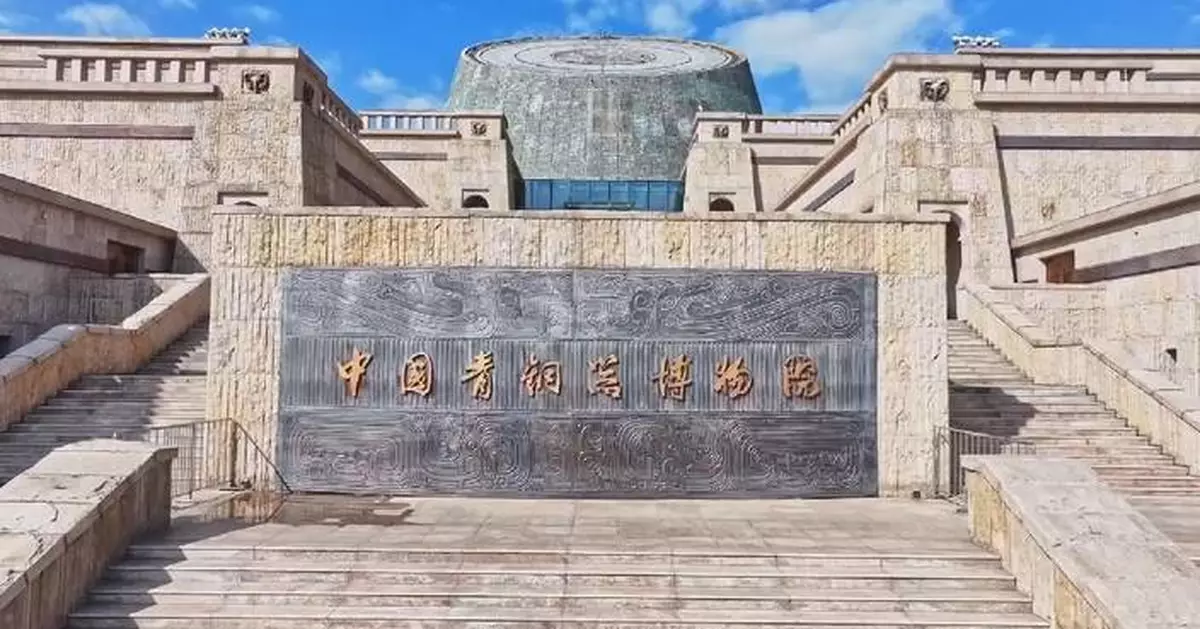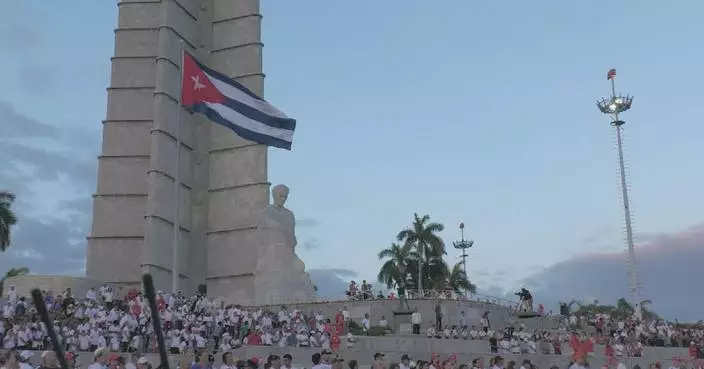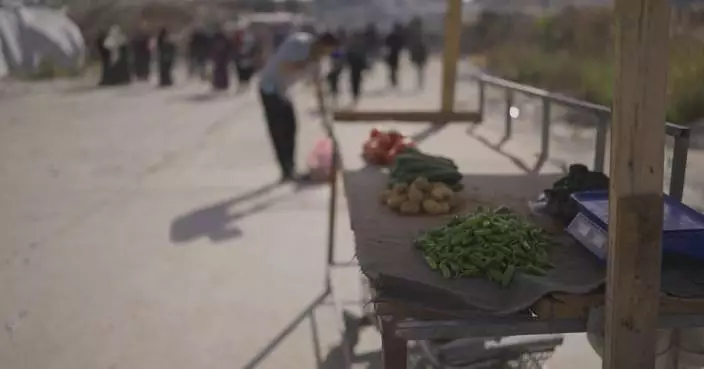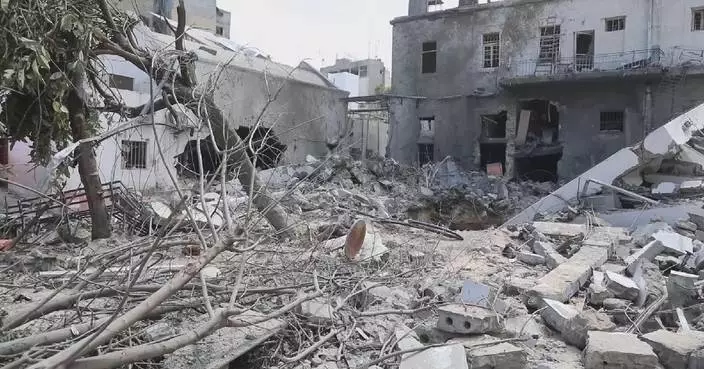The Baoji Bronze Ware Museum in northwest China's Shaanxi Province, the first museum in the country to highlight the bronze culture, offers a glimpse into the splendid culture in ancient China.
Chinese President Xi Jinping visited the museum in the city of Baoji on Tuesday afternoon, to learn about the local efforts to enhance the protection and use of cultural relics.
He stressed developing a sense of reverence and affection for Chinese civilization and called for passing on fine traditional Chinese culture from generation to generation.
Home to more than 480,000 cultural relics, the museum is especially famous for the bronzes of the Shang (1600-1046 B.C.) and Zhou (1046-771 B.C.) dynasties which marked the peak of China's bronze culture.
He Zun, a bronze ritual wine vessel made in the Western Zhou Dynasty (1046-771 BC) is housed at the museum. It is one of China's 64 national treasures that are never allowed to be exhibited abroad.
It stands 38 centimeters high, and is 28 centimeters in diameter, weighing in at more than 14 kilograms. The bronze ware bears the first written form of the name Zhongguo, or China, which indicates that the concept of "Zhongguo" has emerged more than 3,000 years ago.
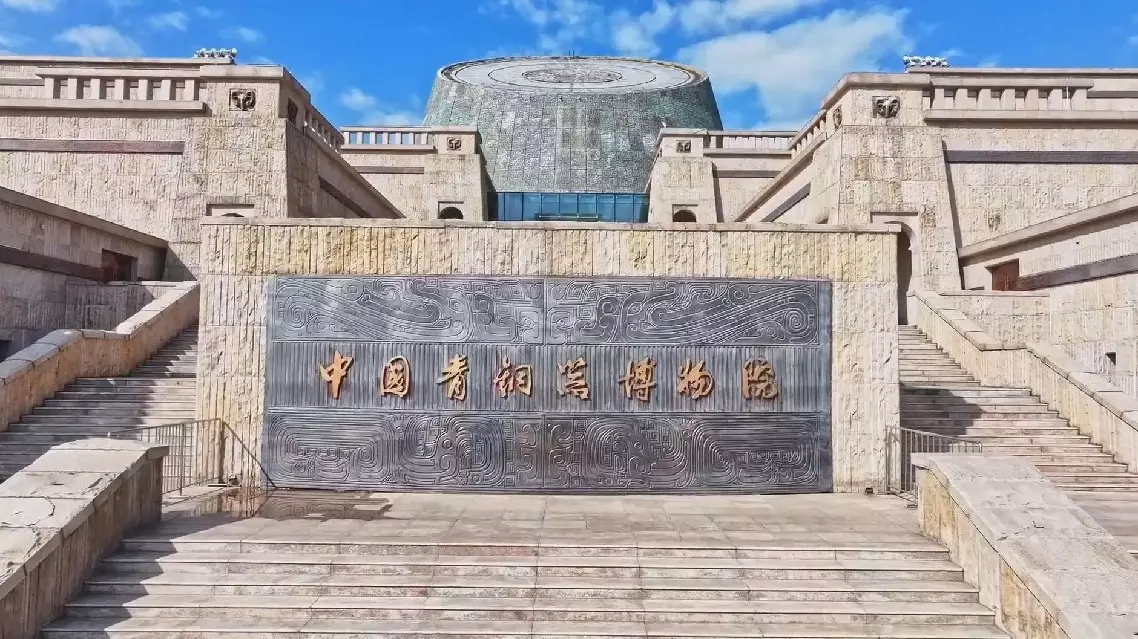
Baoji Bronze Ware Museum offers glimpse into splendid ancient Chinese culture
A Chinese medical team is intensifying disease prevention efforts in Myanmar's Mandalay, to curb outbreak risks after a 7.9-magnitude earthquake struck the country in March.
Mandalay is among the hardest-hit regions and faces compounding crises including disrupted water supplies, overcrowded shelters, and degraded sanitation systems. Equipped with emergency medical supplies and equipment, the Chinese team with experts from the National Disease Control and Prevention Administration and the Center for Disease Control and Prevention, focuses on mitigating disease risks in quake-affected regions.
The 50-member team has conducted the second round of investigations at four shelter sites in the city. Their work includes mosquito-borne disease surveillance, environmental sampling, disinfection training, and post-disaster mental health support for survivors.
"Our epidemic prevention team has conducted monitoring and assessment of vector-borne organisms at each shelter site, and carried out environmental disinfection based on the monitoring findings to reduce vector density and thus minimize the risk of vector-borne diseases. We have also conducted regular monitoring of drinking water samples and sewage systems to identify signs of waterborne disease outbreaks early, enabling timely and effective intervention," said Chen Lei, deputy director of the National Disease Control and Prevention Administration's emergency response department and leader of the medical team. The Chinese medical tea has established collaboration mechanisms with Mandalay's provincial government and health department, providing specialized training to local medical personnel to enhance long-term resilience.
"We are very graceful to have the opportunity to participate in such technical training, where we have learned more professional knowledge beyond our regular work, understood what action we should take in such disasters, and what international standards and experiences are. To share such knowledge is very helpful for us to improve and make progress," said Thura Aung, a medical worker in Mandalay's Chanmyathazi Township.
The earthquake struck Myanmar on March 28, claiming nearly 3,800 lives and injuring more than 5,000 people, with 129 others still unaccounted for as of April 18, according to official data.
The team's deployment is part of China's ongoing post-disaster relief mission. Its trip marks China's second health and epidemic prevention aid mission to Myanmar. The first team returned on April 6 after a nine-day deployment.
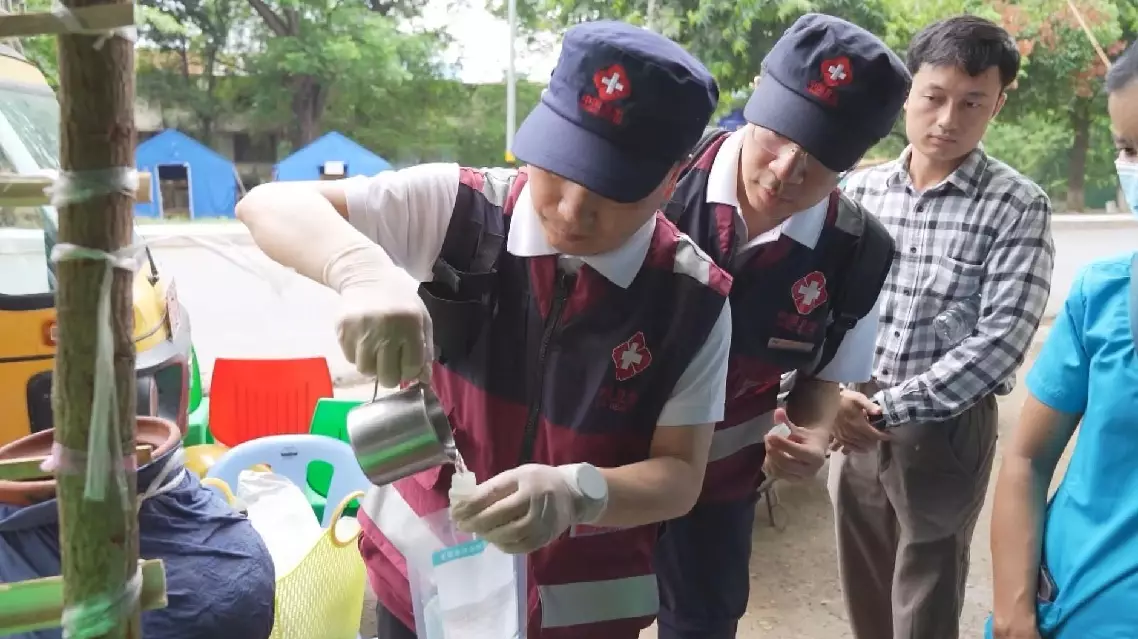
Chinese medical team bolsters post-quake disease control in Mandalay



